Top Things to Know Before Buying Low Maintenance House Plants
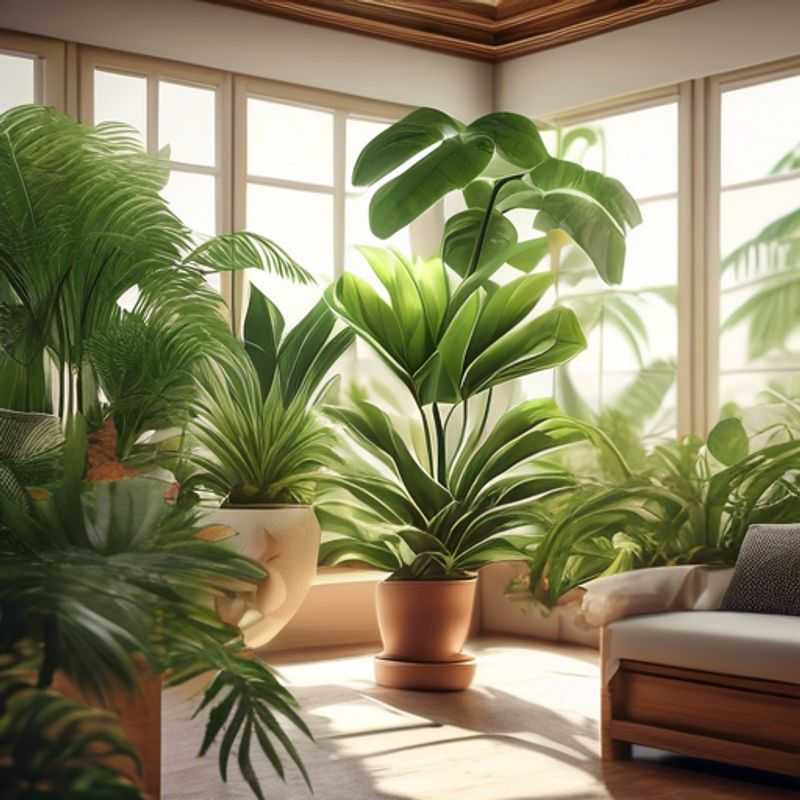
Top Things to Know Before Buying Low Maintenance House Plants: Light, Water, Soil, Temperature, Humidity, Toxicity, Growth Habits
Bringing a bit of greenery indoors is a wonderful way to brighten your space, but let's face it – nobody wants to spend all their time tending to fussy plants. That's where low-maintenance houseplants come in! These resilient green companions thrive on a little neglect, making them perfect for busy schedules or those who are new to plant parenting. But even low-maintenance plants need a little understanding to truly flourish.
Before you bring home your next leafy friend, there are a few key things to consider to ensure it thrives in your home. Here’s a breakdown of the essential factors to understand before you commit:
1. Understand the light requirements of the plant: Plants need light to photosynthesize, but some are more tolerant of low light conditions than others.
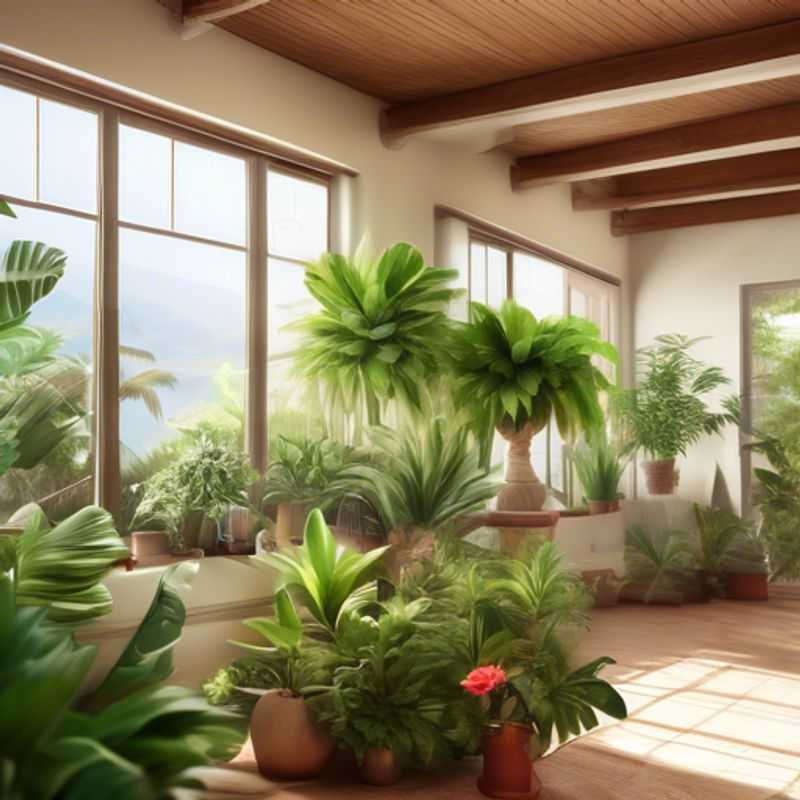
Unlocking Your Plant's Potential: Understanding Light Requirements
Understanding a plant's light requirements is crucial for its survival and growth. Plants need light to perform photosynthesis, the process by which they convert sunlight into energy. Different plants have different light needs, which are categorized as follows:
Full Sun: These plants thrive in direct sunlight for at least 6 hours a day. They typically have thick, leathery leaves and can tolerate high temperatures.
Partial Sun/Shade: These plants prefer a combination of direct and indirect sunlight. They may tolerate full sun for a few hours, but prefer dappled shade or morning/evening sun.
Shade: These plants thrive in indirect light and cannot tolerate direct sunlight. They often have thinner leaves and may have vibrant colors.
To determine a plant's light requirements, look for information on its tag, online resources, or consult with a horticultural expert. Observing the plant's natural habitat can also provide clues. For example, if a plant grows in a forest understory, it likely prefers shade.
Important Tips:
• Observe your plant for signs of stress, such as yellowing leaves, stunted growth, or wilting. These could indicate insufficient or excessive light.
• Adjust the plant's position based on its light requirements. Rotate it periodically to ensure even light exposure.
• Consider using artificial light sources, such as grow lamps, for plants that need more light than your natural environment provides.
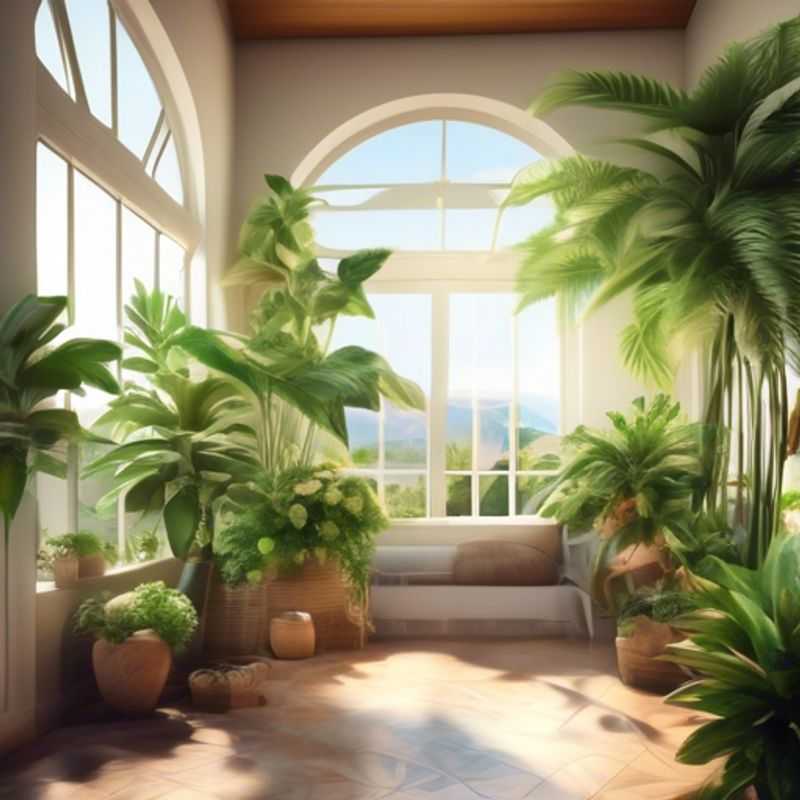
Knowing When to Water: Understanding Your Plant's Thirst
Understanding your plant's watering needs is crucial for its health and longevity. Every plant has unique water requirements, and overwatering or underwatering can be detrimental. To determine your plant's ideal watering schedule, consider these factors:
Plant Type: Different plant species have different water needs. Some, like succulents, require infrequent watering, while others, like ferns, prefer consistently moist soil.
Potting Mix: The type of soil you use will influence how quickly it dries out. Well-draining potting mixes require more frequent watering than dense, clay-based mixes.
Pot Size: Smaller pots dry out faster than larger pots, so plants in small pots may need watering more often.
Environment: Temperature, humidity, and sunlight all play a role. Hot, dry conditions can lead to faster soil drying, while humid environments might retain moisture for longer.
Visual Cues: Observe your plant for signs of dehydration, such as wilting leaves or dry soil. Similarly, watch for signs of overwatering, such as yellowing leaves, root rot, or a musty smell.
The "Finger Test": Stick your finger about an inch into the soil. If it feels dry, it's time to water. If it feels moist, wait a bit longer.
Water Deeply and Infrequently: It's better to water deeply and less often than to water shallowly and frequently. This encourages healthy root development.
Avoid Overwatering: Overwatering can lead to root rot and other plant diseases. Ensure your pot has drainage holes to allow excess water to escape.
For more detailed information about your specific plant, research its specific watering needs online or consult with a local gardening expert. Happy gardening!
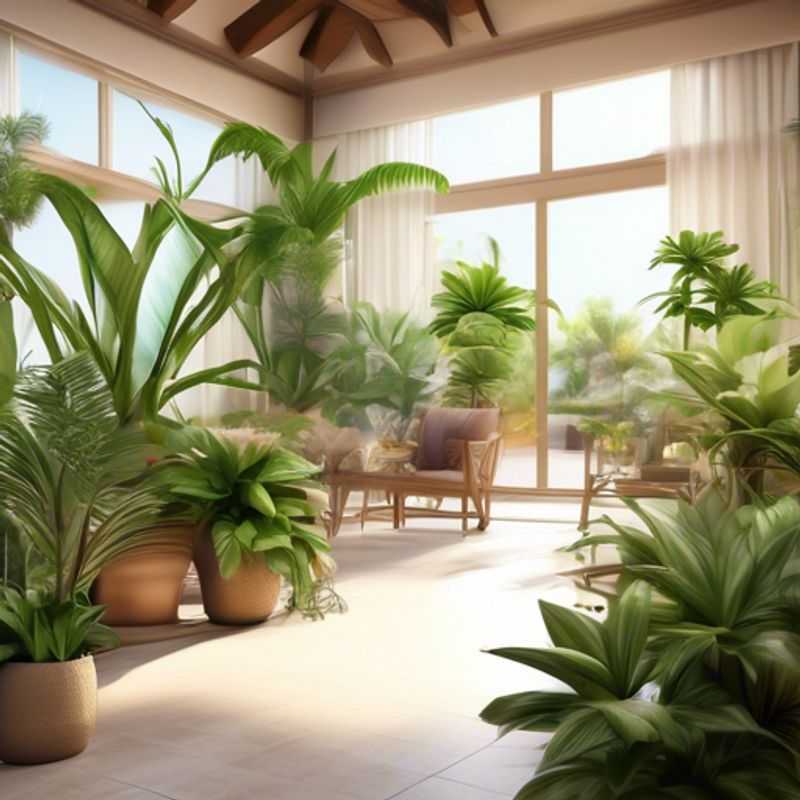
Unlocking Plant Happiness: The Secrets to Ideal Soil Conditions
Knowing the ideal soil conditions for your plant is crucial for its growth and health. The right soil provides the necessary nutrients, water retention, and drainage. Consider the following factors:
Soil type: Different plants have different soil preferences. Some thrive in sandy soil, while others require clay or loam. Research your specific plant to determine its needs.
pH: The acidity or alkalinity of the soil, measured by pH, is important for nutrient absorption. Most plants prefer a slightly acidic pH (6.0-6.5), but some prefer alkaline soil. Check the soil pH using a testing kit, and adjust as needed.
Drainage: Proper drainage prevents root rot. Ensure the soil drains well, allowing excess water to flow through. If your soil is too compact, amending it with compost or sand can help.
Nutrient content: Plants need specific nutrients for healthy growth. Regularly amend your soil with compost, fertilizer, or other organic matter to replenish nutrients. Avoid over-fertilizing, which can damage roots.
Structure: Loose and airy soil allows for good root development. Avoid compacting the soil, especially around newly planted plants.
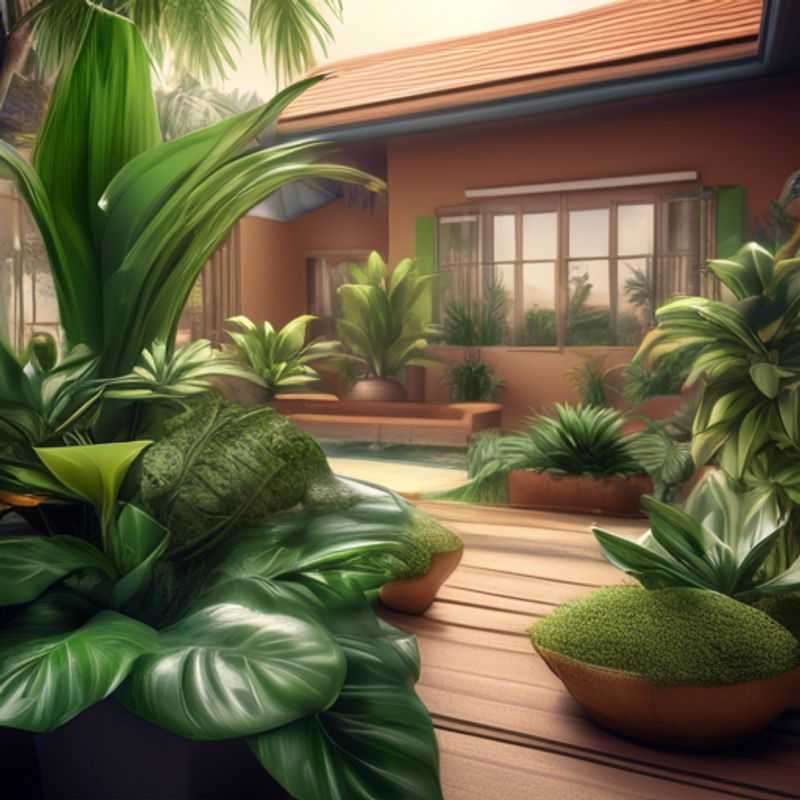
Knowing Your Plants: Determining Their Temperature Preferences for Success
Knowing your plant's temperature preferences is crucial for success. Every plant has an ideal temperature range for optimal growth. This range encompasses both the minimum and maximum temperatures a plant can tolerate.
To determine your plant's temperature preference, start by researching its species. Look for information about its native habitat and the climate it thrives in. For instance, a cactus prefers a warm, arid environment, while a fern thrives in cool, humid conditions. Many online resources, gardening books, and plant labels offer this information.
Pay close attention to the temperature range provided, including both the minimum and maximum temperatures. These ranges are typically listed in degrees Fahrenheit or Celsius, and provide valuable insights into your plant's temperature needs.
Consider the average temperature in your home or growing space. If you live in a region with fluctuating temperatures, take into account the seasonal changes and ensure your plant is shielded from extreme conditions.
Remember, knowing your plant's temperature preferences is essential for its well-being. By understanding its needs, you can create a nurturing environment and ensure its growth and thriving for years to come.

Happy Plants, Happy Home: Understanding Humidity Needs
Understanding your plant's humidity needs is crucial for its health and growth. Humidity, the amount of moisture in the air, directly impacts how plants absorb water.
Plants thrive in different humidity levels:
High humidity: Tropical plants like orchids and ferns require moist environments. You can create this by using a humidifier, grouping plants together, or placing them near a water source.
Medium humidity: Many houseplants, like spider plants and snake plants, tolerate moderate humidity levels. Regularly misting their leaves can help.
Low humidity: Cacti and succulents can tolerate drier air, but even they benefit from occasional misting.
Key factors to consider:
Location: Your home's climate and the room's placement can influence humidity levels.
Plant type: Research the specific humidity requirements for your plant species.
Signs of dehydration: Wilting, brown leaf tips, and slow growth are common signs of low humidity.
Humidity solutions: Consider using humidifiers, pebble trays, or grouping plants together.

Keeping Your Family Safe: Identifying Potential Toxins for Pets and Children
When it comes to ensuring the safety of pets and children, it's essential to be aware of potential toxic substances in your home. Some everyday items can pose hazards, so it's crucial to take precautions to minimize risks. Always keep potentially toxic items out of reach of children and pets.
Common household substances that can be toxic to pets and children include: cleaning products, medications, pesticides, and even certain plants. Read product labels carefully and follow instructions. If you suspect that a child or pet has ingested a toxic substance, seek immediate medical attention. Never induce vomiting unless directed by a veterinarian or poison control center.
Keep a list of emergency contact numbers, including your local veterinarian and poison control center, readily available. In case of accidental ingestion, having this information readily accessible can save precious time during a crisis.

Planning Your Garden: Understanding Plant Growth Habits and Space Requirements
When planning your garden, consider the plants' growth habits and space requirements. Understanding these factors is crucial for creating a harmonious and thriving garden.
Growth habits refer to how a plant grows, whether it spreads horizontally, climbs vertically, or forms a dense bush. For example, a sprawling groundcover will need more horizontal space, while a tall tree will need vertical space.
Space requirements refer to the amount of area a plant needs to grow healthily. This includes the space needed for the roots to spread and the foliage to expand. Factors such as light requirements, water needs, and soil type also influence space requirements.
Space planning involves understanding the growth habits and space requirements of each plant you intend to include in your garden. This allows you to create a layout that provides adequate space for each plant to thrive.
Research each plant before planting to ensure you are aware of its mature size and space requirements. This will help you avoid overcrowding and ensure each plant receives the resources it needs.
Consider the size of your garden. It is not advisable to plant large trees in small gardens. If you have limited space, choose compact varieties or plants that can be grown in containers.
Proper spacing ensures adequate sunlight and air circulation for each plant. Crowded plants can struggle to grow and become susceptible to diseases.
Intercropping, the practice of planting different types of plants in close proximity, can also influence space requirements. Some plants, like beans and corn, benefit from being planted together.
Careful planning is key to creating a successful garden. By considering the growth habits and space requirements of your plants, you can ensure they thrive and bring joy to your garden for years to come.
